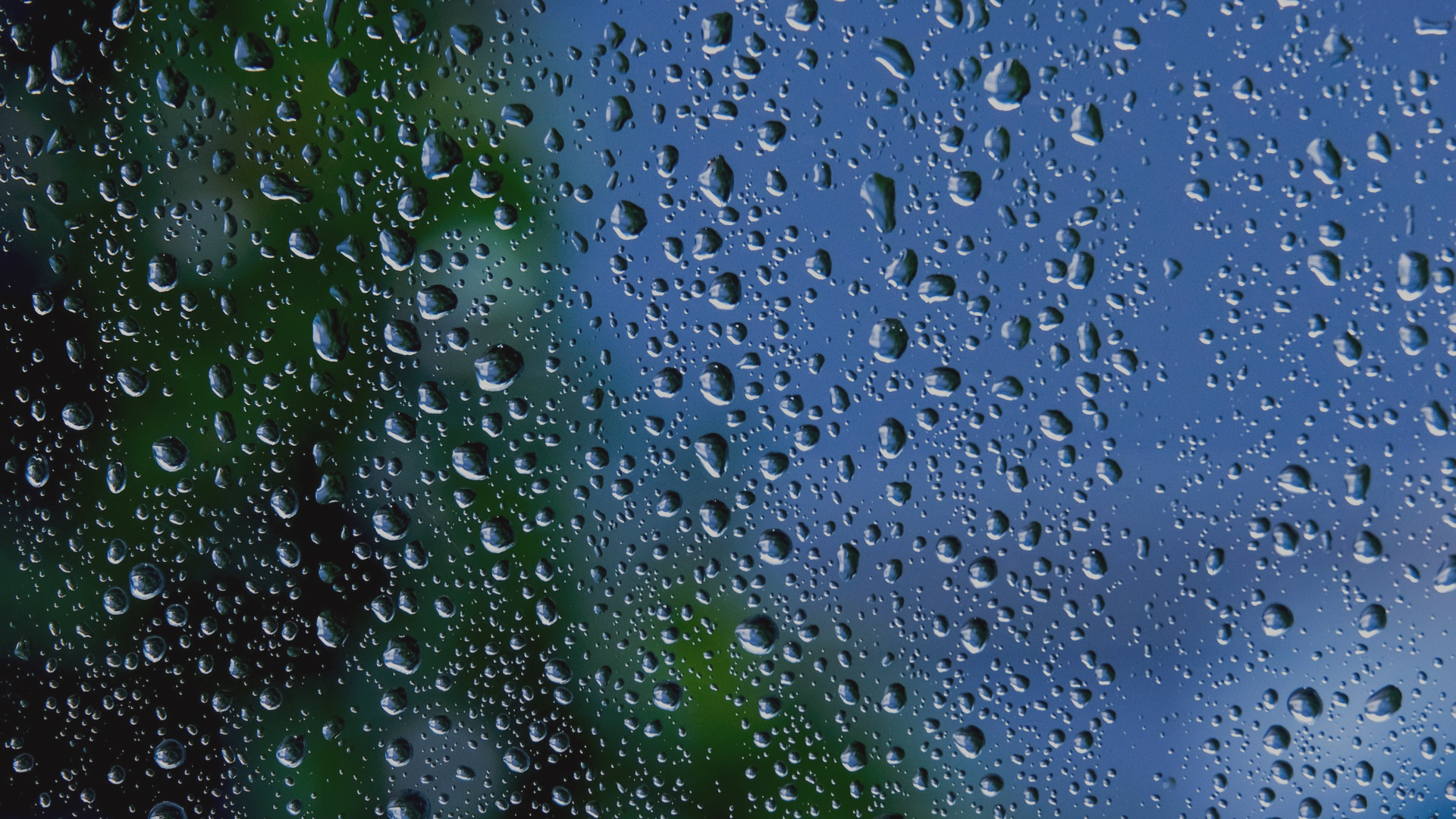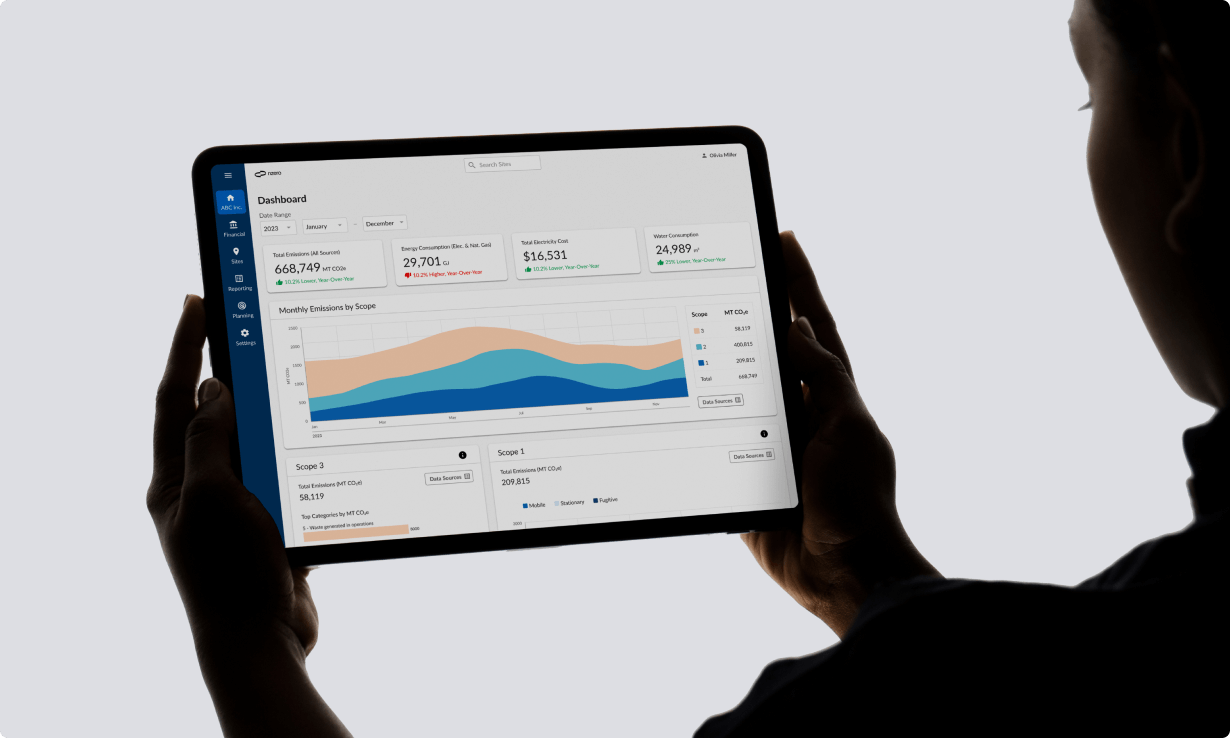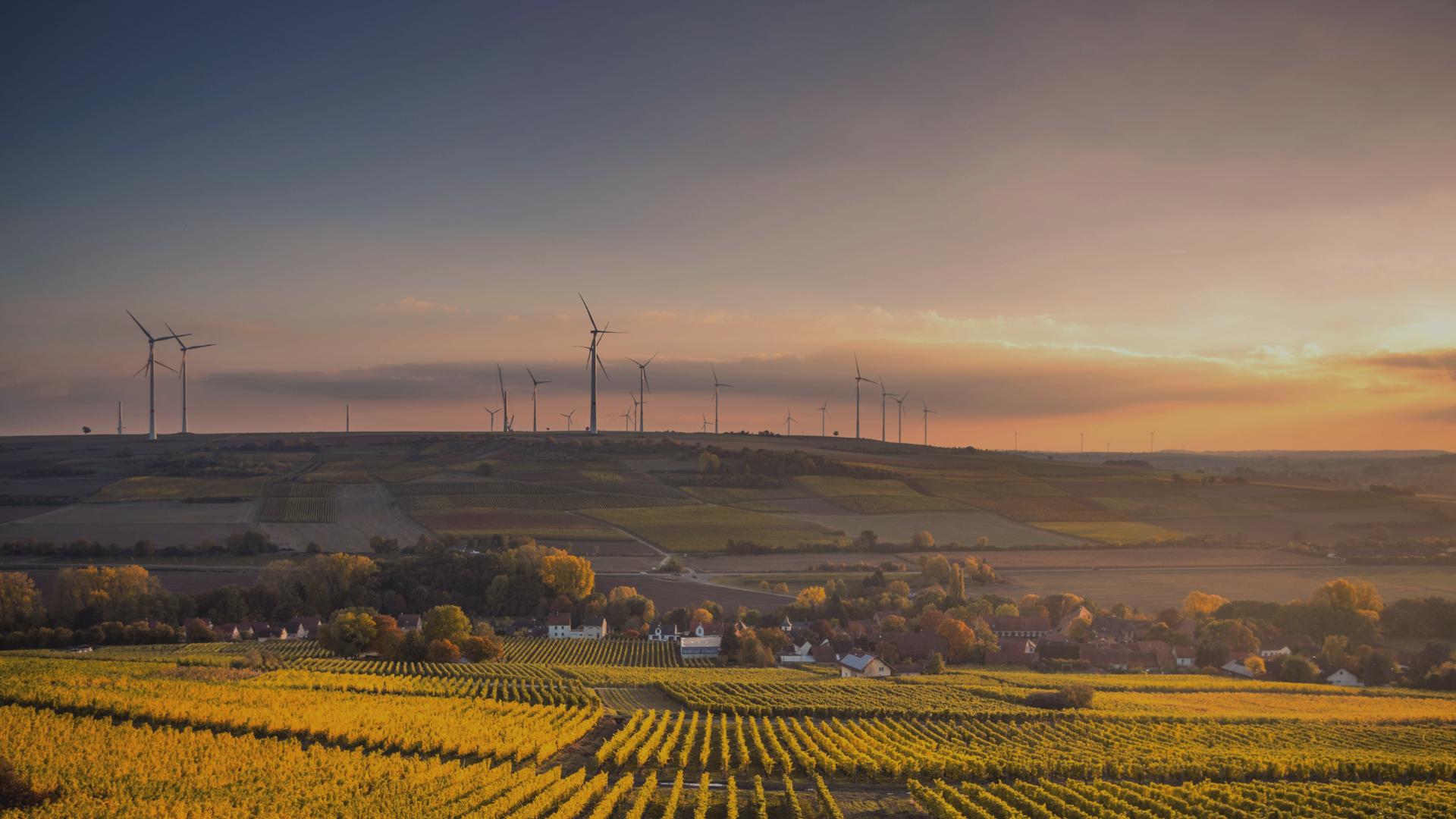Building retrofits are a cornerstone of global net zero targets, and windows play a surprisingly large role in this equation. According to the U.S. Department of Energy, heat gain and heat loss through windows are responsible for 25–30% of residential heating and cooling energy use. This inefficiency makes windows a logical focus for retrofit strategies. As governments implement stronger policies to reduce carbon emissions, financial incentives are transforming the cost-benefit equation for building owners and operators. Windows, once seen as a passive part of architecture, are now a critical element of energy management and cost control.
The International Energy Agency highlights that improving building envelopes, including windows, is one of the most impactful measures for reducing energy use. Closing innovation gaps in areas such as high-performance glazing, dynamic windows, and better integration with smart building systems could significantly cut global building-related emissions by mid-century.
The Policy Landscape for Window Retrofits
Across the world, policymakers are creating frameworks that make energy-efficient retrofits more financially attractive. In the United States, the Inflation Reduction Act (IRA) provides tax credits and rebates for energy-efficient windows, helping businesses offset upfront capital costs. Similarly, the EU’s Energy Performance of Buildings Directive sets requirements and goals for improving the efficiency of Europe’s building stock, including stricter standards for windows. In Japan, the Zero Energy House (ZEH) program promotes high-performance windows as part of residential and commercial building standards.
These measures are reinforced by increasingly stringent building performance standards (BPS) and updated energy codes, which often include window efficiency requirements. For businesses, this means that failing to modernize windows can create compliance risks in addition to higher utility bills.







